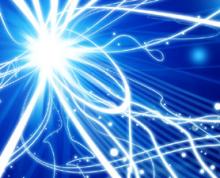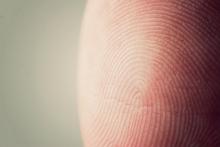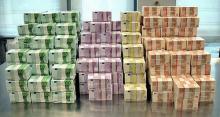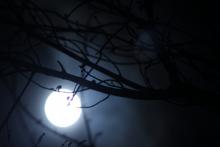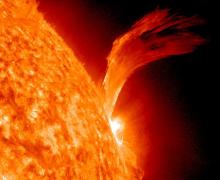Mary Shelley's "Frankenstein"
We’ve all read Mary Shelley’s Frankenstein. But what is Frankenstein’s monster? Is he a mad beast? Or he simply a representation of something else?
Perhaps even more interesting than the novel itself was Mary Shelley’s story of how the idea of the monster came into her head. Mary Shelley (at the time, Mary Godwin), her boyfriend (later husband) Percy Bysshe Shelley, their son and Claire Clamont went to Switzerland to stay at Lord Byron’s villa in Geneva. The group was talking one night about Erasmus Darwin, a man who could give dead matter life, and if it would ever be possible to re-animate a human body. After that, they all read German ghost stories and decided to write tales of their own. That was when Mary Shelley came up with for Frankenstein, an idea she could not forget.
Based on Mary Shelley’s introduction, the creation of Frankenstein’s monster could represent an artist’s creative process. The artist inevitably puts parts of himself and his own life into his creation. Once an idea has begun forming in the artist’s mind, he has no choice but to follow through with it, even if he cannot follow his idea’s path through to fruition. Finally, because an artist doesn’t have complete control of his output, he can either reject or accept what he has made.
Mary Shelley believed an artist put a part of herself into her creation. Regarding Frankenstein and his monster, these parallels between the created and the creator imply the creator puts something of himself into his creation and therefore the creation and the creator are alike. Mary Shelley’s assertion also supports this claim—she cannot write about something she hadn’t yet experienced herself.
This inevitability of putting oneself into one’s work also leads to another assertion that the artist cannot always control what he creates. In Frankenstein, Frankenstein gets so wrapped up in his own creative process, he doesn’t even seem to realize what he actually has created until after he has finished. Shelley echoes a similar feeling, saying when she conceived of the idea of Frankenstein. Once the idea was planted in her mind, she had no choice whether or not to write about it—the idea would not leave her and she could control the inroads it had made in her mind.
The artist’s inability to control the finished product makes sense in relation to the theme the artist can decide whether to embrace or reject what he has created. Both of these statements support both the claim artist don’t have complete control of their output—because if they knew exactly what the finished product would be, why would they think it miserable?—as well as the claim the artist can reject or embrace his finished product.
Frankenstein’s creation and the monster himself can be read as a representation of an artist’s finished product. An artist puts a part of himself into his creation, he doesn’t always know what will be the result of his toils, and he has the choice whether to embrace or reject what he has created. The similarity between Shelley’s description of creating the novel Frankenstein and the creation of the monster in the story reinforce these claims.


